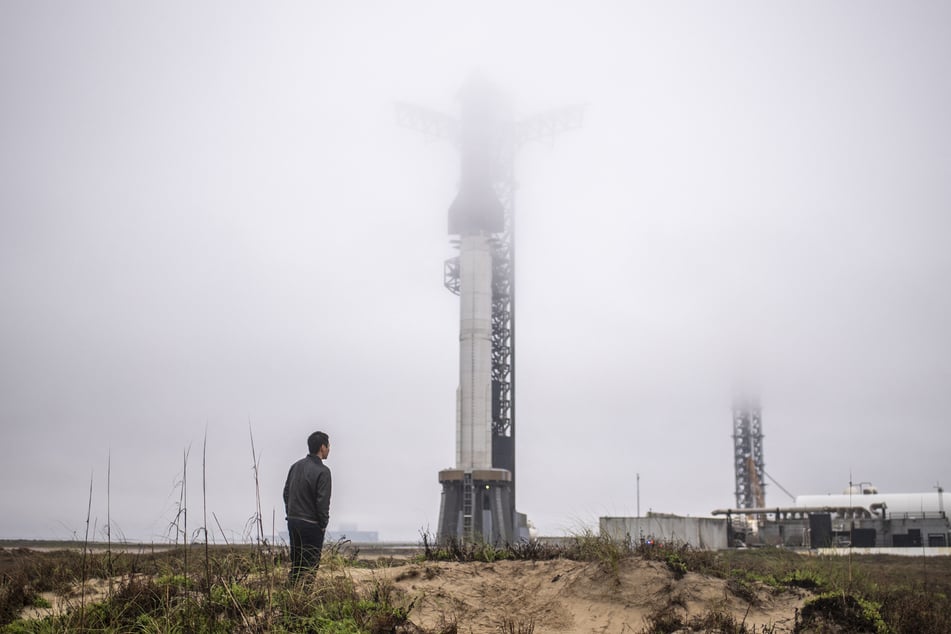SpaceX delays latest Starship megarocket test due to inclement weather
Boca Chica, Texas - Elon Musk's SpaceX on Wednesday pushed back its latest orbital flight test of Starship, the colossal prototype rocket the company hopes will help humans colonize Mars.

"Due to weather, we're now targeting Thursday, January 16 for Starship's seventh flight test," the company posted on X.
A 60-minute launch window from the company's Starbase in Boca Chica, Texas, will open at 4:00 PM Central Time (2200 GMT), SpaceX said.
Another launch window will open at the same time on Friday, the Federal Aviation Administration (FAA) said in a fresh advisory.
Space enthusiasts will be eager to see if SpaceX can replicate the stunning feat of catching the first-stage Super Heavy booster in the launch tower's "chopstick" arms during descent, approximately seven minutes after liftoff.
The maneuver was successfully achieved in October but not during the following flight in November, when President-elect Donald Trump joined Musk to witness the test in person.
Super Heavy instead made a more subdued splashdown in the Gulf of Mexico.
This time around, SpaceX announced it had implemented "hardware upgrades to the launch and catch tower to increase reliability for booster catch," including enhancements to sensor protections on the chopsticks that were damaged during the launch, causing the booster's offshore diversion.
Starship has also undergone several design refinements. Its latest iteration now stands at 403 feet tall, slightly taller than previous versions and roughly 100 feet higher than the Statue of Liberty.
Upgrades include a redesigned upper-stage propulsion system capable of carrying 25% more propellant, along with modifications to the forward flaps.
The flaps have been reduced in size and repositioned to reduce their exposure to intense heat during atmospheric reentry.
For the first time, Starship will deploy a payload: 10 Starlink simulators, comparable in size and weight to the company's internet satellites.
Both the simulators and Starship's upper stage are set to splash down in the Indian Ocean about an hour after launch.
Cover photo: Sergio FLORES / AFP
